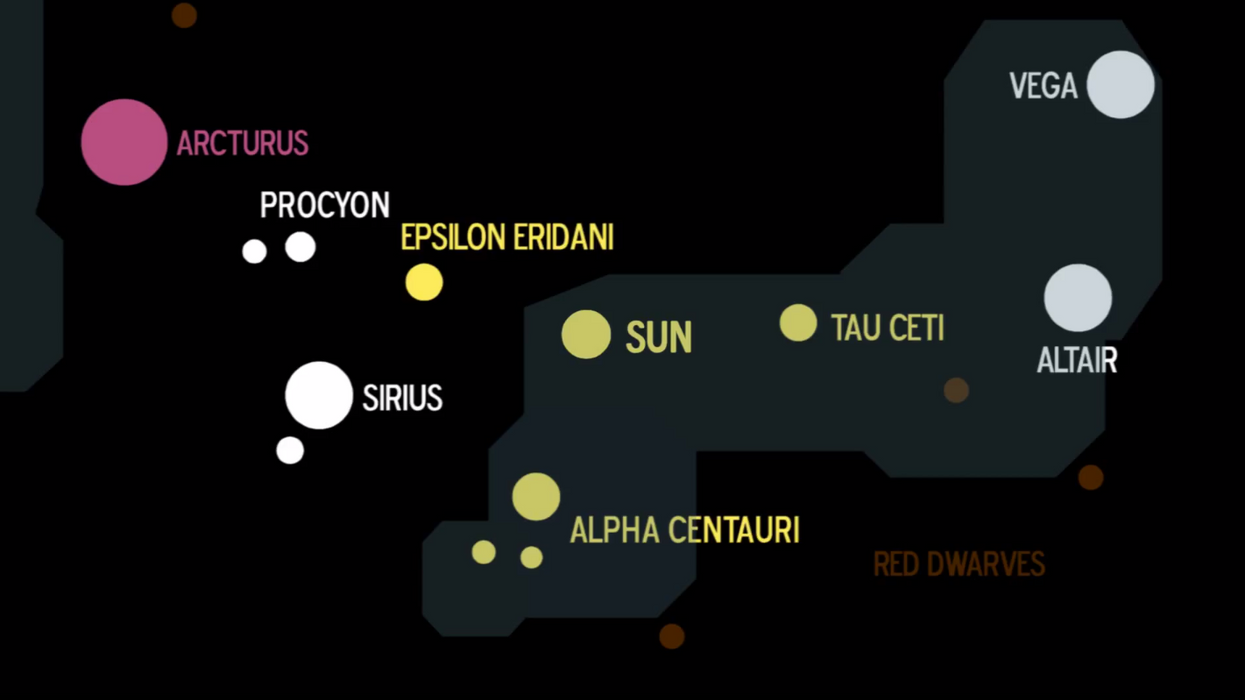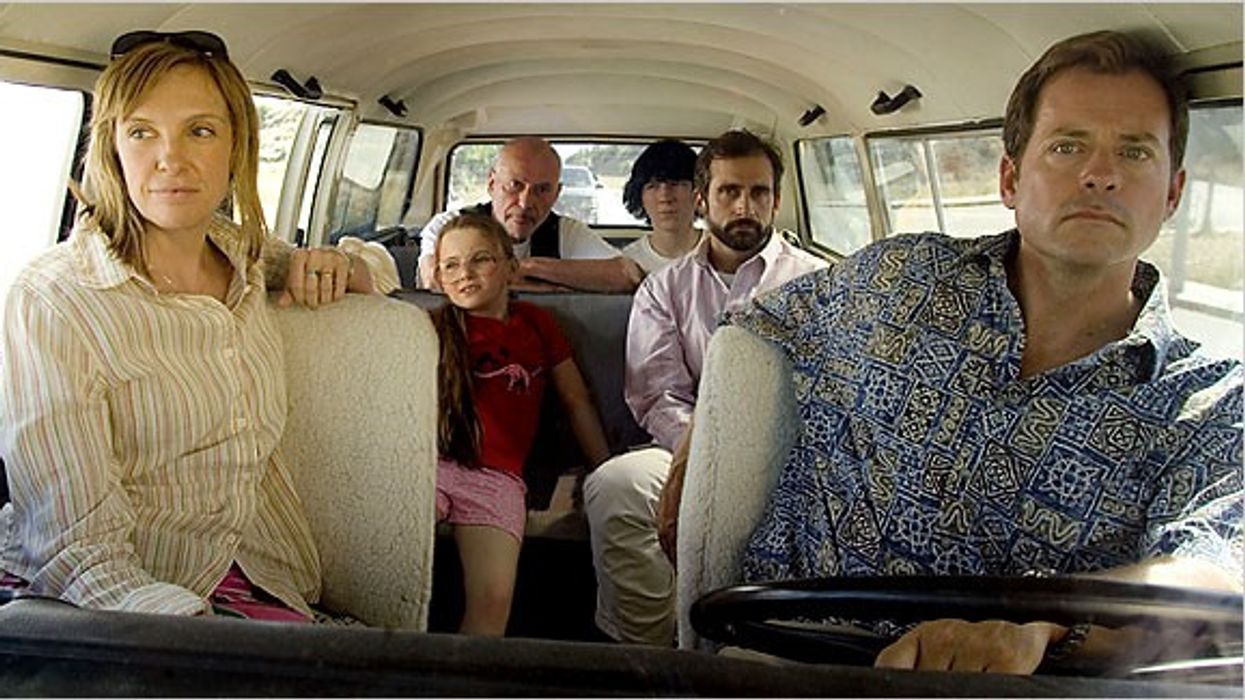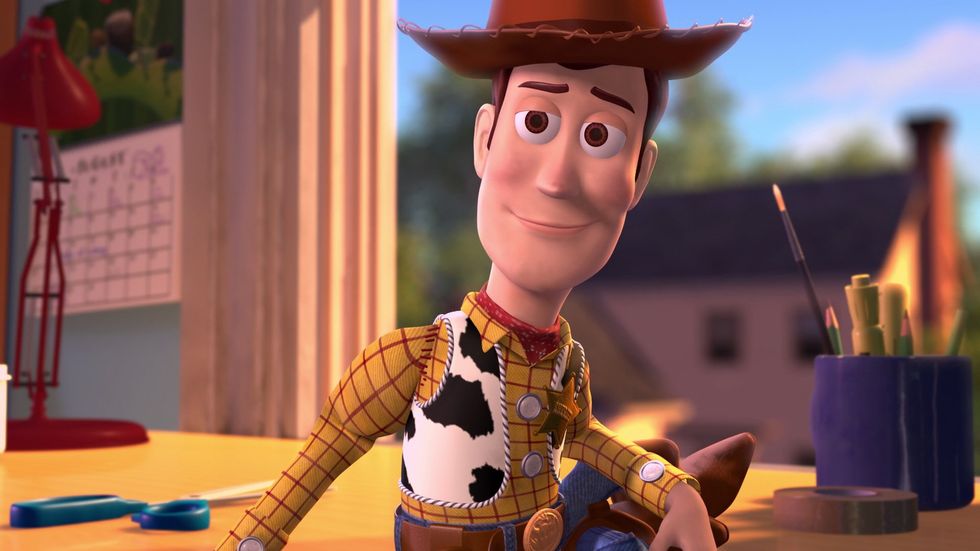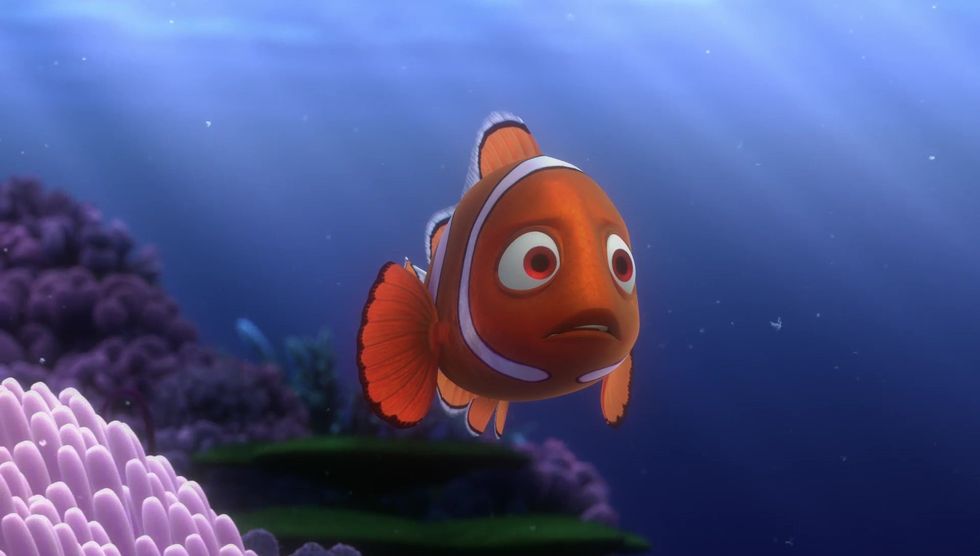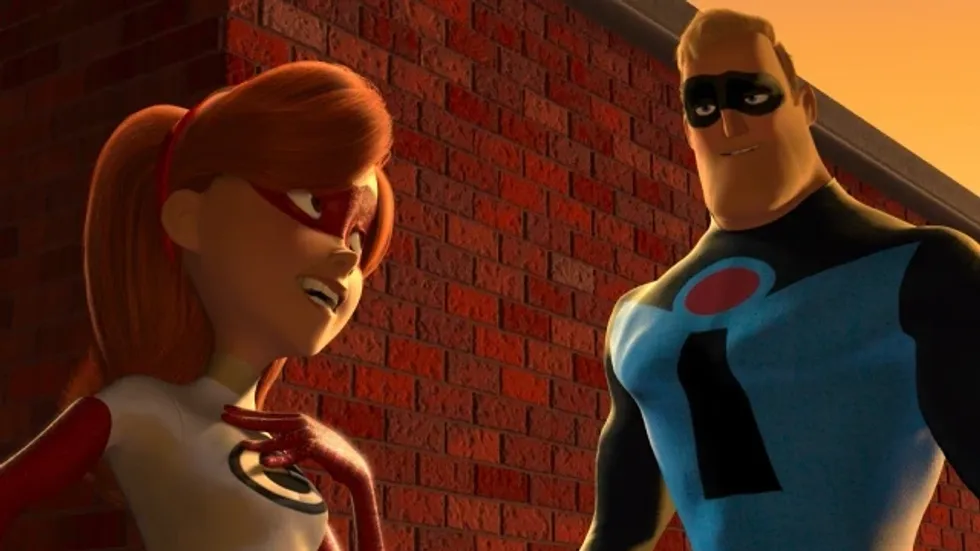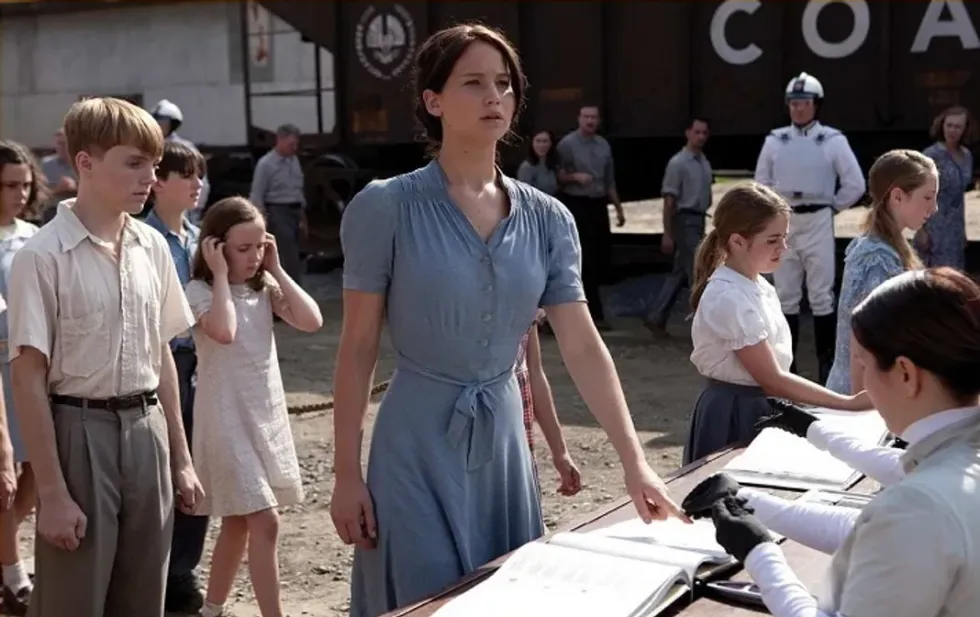This video from Jeffrey Michael Bays explores not only how viewers rely on locations to make sense of world inside your film, but how you can make more educated decisions when choosing where to shoot your scenes.
Again, locations speak loudly to your viewers, which is why it's so important to not choose them arbitrarily. Even just looking at the bullet points Bays talks about when breaking down "mental maps" you can see how locations work to distinguish one scene from another, change the mood, or even act as a motif to signify something important in the story.
- Film each event at a unique location
- Helps audience keep track of story progress
- Put the map on the screen
- Establishing shots help memory storage
Bays also explains how to map out the universe of your story (aptly by mapping out different suns in the universe) to make it easier, first, for you to locate each scene that occurs in your film so you can then communicate that to your audience, because there's nothing worse than watching a film and being lost. I mean, it's great to get people asking questions, but make sure they're the right questions -- "What does 'Rosebud' mean," not "Okay, where the hell are they now?!"
Source: BorgusFilm
